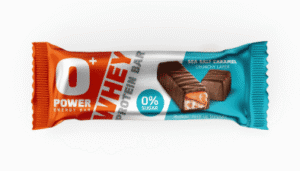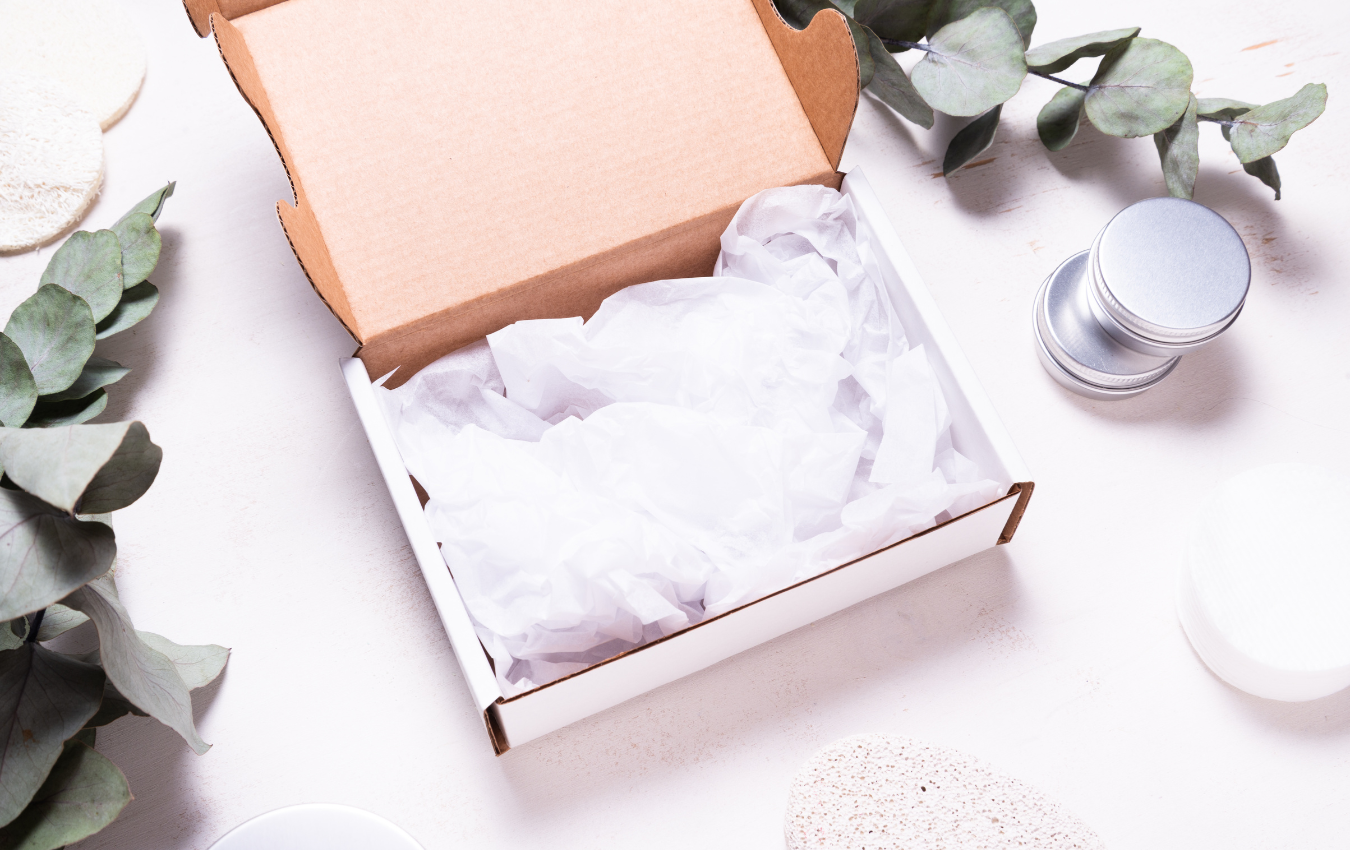Home » Are You Spending Too Much on Packaging?
Are You Spending Too Much on Packaging?

Packaging is a critical part of how your product is presented, protected, and perceived—but are you spending the right amount on it? Many companies unintentionally over-budget for packaging, especially when trying to create visual impact or keep up with competitors. While quality packaging is essential, there’s a difference between investing smartly and overspending without return.
In this blog, we’ll walk through how to evaluate your current packaging spend, what packaging should cost based on your product category, and how to make your packaging budget work harder without sacrificing performance.
Packaging Cost Should Match Product Positioning
Whether you’re selling online, in stores, or through distributors, your packaging should reflect your brand’s value and customer expectations. A luxury product may justify a premium box with high-end finishes—but a value-priced or high-volume item should aim for efficiency and simplicity.
If your packaging is costing more than it’s contributing to brand perception, sales performance, or product protection, it may be time to rebalance.
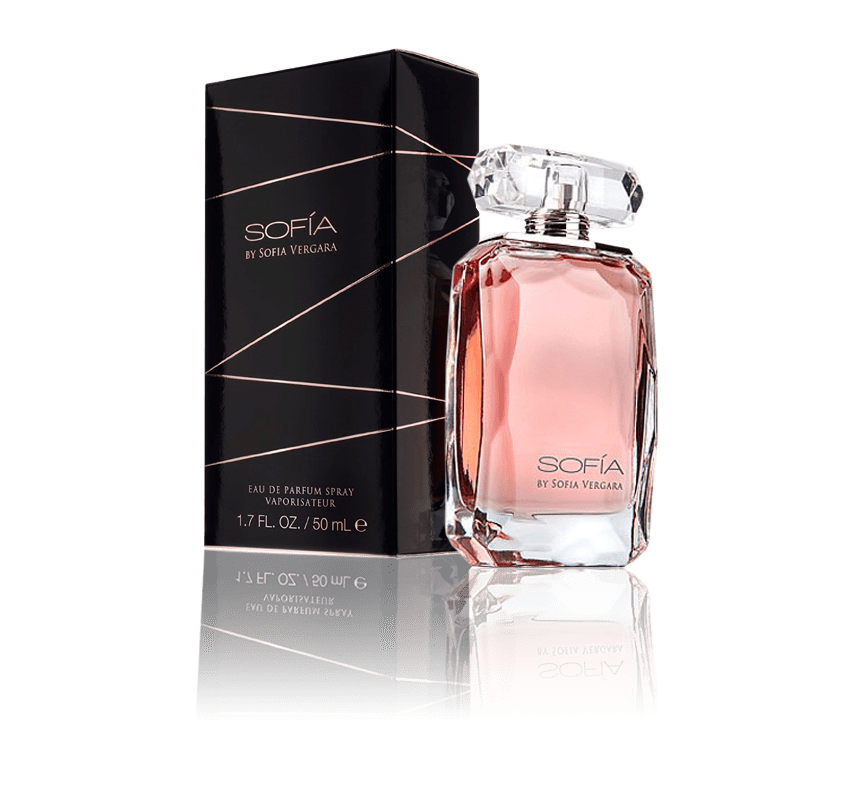
A Smart Packaging Budget by Product Tier
There’s no one-size-fits-all pricing, but here’s a general guide to help align your packaging budget with your product type, keep in mind that product dimensions and quantity requirements may have an important effect on pricing:
Everyday or Value-Priced Products
These are products focused on accessibility, mass appeal, and cost efficiency—such as snacks, household goods, basic apparel, or affordable personal care.
Recommended spend:
3% to 6% of the product’s retail price
Example:
- $10 product → packaging should cost around $0.30 to $0.60
Packaging priorities:
- Durability for shipping
- Simple branding
- Minimalist printing or stock packaging with labels
Mid-Tier or Lifestyle Products
These are products positioned for retail shelf appeal or direct-to-consumer sales with moderate branding expectations—like wellness items, electronics accessories, and skincare.
Recommended spend:
6% to 10% of the product’s retail price
Example:
- $25 product → packaging should cost around $1.50 to $2.50
Packaging priorities:
- Custom structure or folding carton
- Clean, printed branding
- Cost-efficient enhancements (e.g., spot UV, soft-touch)
Premium or Luxury Products
High-end or giftable products where presentation plays a major role in perceived value—such as cosmetics, spirits, tech kits, or curated subscription boxes.
Recommended spend:
10% to 15% (or more) of the product’s retail price
Example:
- $80 product → packaging can justify $8 to $12, especially if rigid box or detailed kit
Packaging priorities:
- Magnetic closures, foil stamping, embossing
- Custom inserts and multi-component structures
- Premium unboxing experience
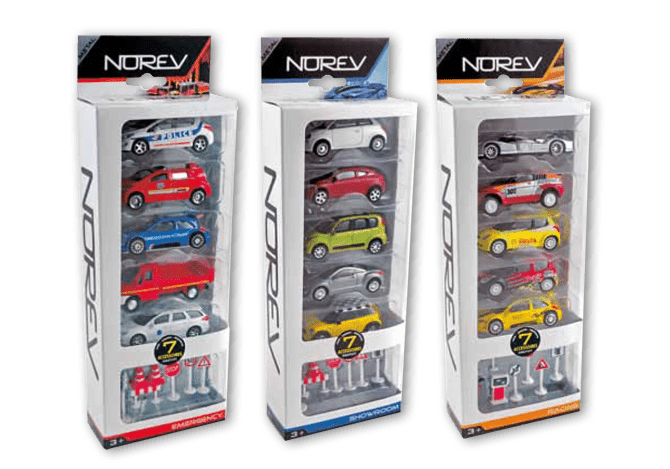
When Overspending Sneaks In
You might be overspending if:
- Packaging costs more than 10–15% of the product’s price and isn’t tied to perceived value
- You’re using premium finishes that the customer doesn’t see or value
- You’re designing for complexity, not efficiency
- You haven’t reviewed specs or sourcing in over a year
These are easy traps to fall into—especially when your product team is focused on presentation, or when design decisions from years ago carry forward into current budgets.
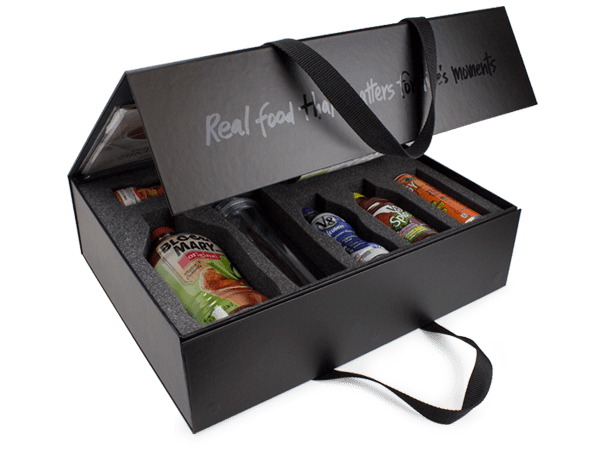
It’s Not About Spending Less—It’s About Spending Right
Your goal isn’t to cut corners—it’s to make sure your packaging spend matches your sales goals, brand perception, and market environment. In many cases, a simple structural or material tweak can reduce costs without affecting how the package performs or looks.
Small changes might include:
- Switching from rigid box to folding carton
- Simplifying closures or removing magnetic flaps
- Moving from offset to digital print for short runs
- Using standard dielines instead of custom shapes

Final Thoughts
You might not be overspending on packaging in a way that’s obvious—but if your costs don’t align with your product strategy, you could be missing opportunities to improve margins, speed, and efficiency. It’s worth taking a fresh look.
Not sure if your packaging budget is where it should be?
We can help you evaluate your current setup and explore smarter options tailored to your product and market.
Moisture resistance and dimensional stability are critical performance factors for custom inserts, especially when products are shipped or stored in variable climates. Both foam and corrugated materials react differently to
Sustainability in pet food packaging is not just about recyclability—it’s about reducing environmental impact across the entire lifecycle. For products with high barrier needs like dry kibble, wet food, and
Retailers place strict requirements on packaging to ensure products move efficiently through distribution centers, arrive safely, and look consistent on shelves. Non-compliance can lead to costly chargebacks, rejected shipments, and
RSC boxes dominate shipping because they combine strength with efficiency. But beyond protection, their dimensions and stacking performance directly influence freight cost, pallet utilization, and warehouse efficiency. Choosing the right
Home » Are You Spending Too Much on Packaging?


